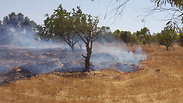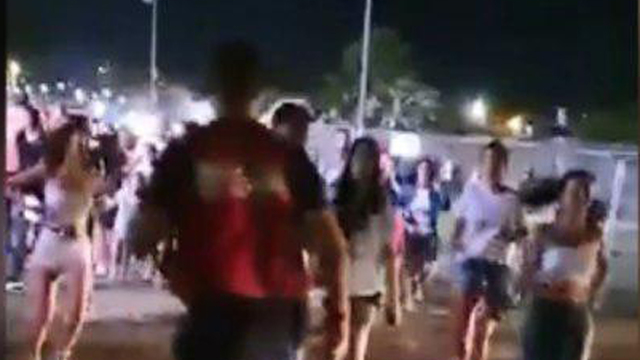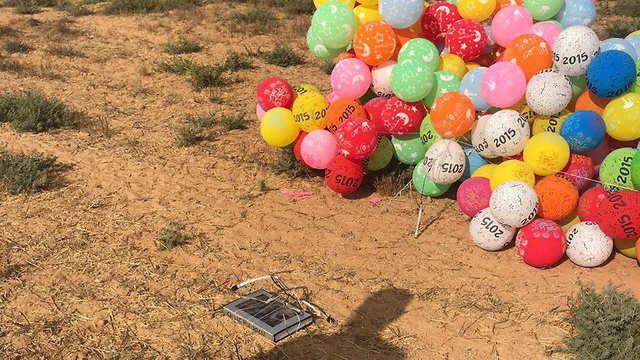
Israel must restore deterrence in the eyes of Hamas
Opinion: Although the terror group is aware of Israel's military might in response to rocket attacks, it has learned that it's milder form of terror – using incendiary balloons that scorch the local fields - goes unpunished by the outgoing Israeli government
If the Blue and White party emerges the winner after the September elections, a large-scale military operation against Hamas in the Gaza Strip to restore Israel's deterrence awaits us, according to the party leader and former IDF chief, Benny Gantz.
If Likud wins the ballot, its coalition government will likely launch such a campaign sooner or later as well, because no government can abandon its citizens who live in fear of constant attacks.
The conclusion therefore is that a war against Gaza is inevitable.
How did we get here?
The 2014 Gaza war known as Operation Protective Edge yielded three and a half years of calm on the southern border, but the deterrence against Lebanese based Hezbollah in the north, has so far lasted 13 years.
This is a result of Israel's policy of containment in the face of continued incendiary devices dispatched from Gaza, burning down fields and woods around the border.
When the March of Return demonstrations - organized by Hamas on the border fence every Friday - first began, they constituted a violation of Israeli sovereignty.
The assault on Israeli sovereignty, however, was not by rocket fire - which Hamas expected Israel will retaliate for - it was by milder means.
Israeli communities near the Gaza border found themselves subjected to constant fires and the lack of a substantial response from Israel constituted failure.
I am not advocating a war or major military campaign in response to incendiary balloons, but an Israeli response, akin to retaliation over rocket fire - targeting Hamas terror infrastructure or hitting those dispatching the devices - should have taken place. It would have ended the fires after a few days.
But Israel chose containment and the fires increased in numbers as the Western Negev fields, close to the Gaza border, burned. The deterrence, Israel enjoyed after its pounding of the Strip in 2014, began to erode.
The enemy realized Israeli leaders were afraid to respond to this new form of terror. They, in fact, signaled to Gaza that scorching the fields was acceptable and as a result rocket fire intensified as well.
Hundreds of rockets were fired in ever increasing rounds of attacks, some causing injuries and even deaths but all ending in ceasefire agreements that curtailed Israel's freedom to retaliate.
But the fields kept burning and the launching of incendiary airborne devices was made possible by the conditions laid down in ceasefire deals Israel had agreed to.
Over the past year and a half, it became evident to Hamas that it can dictate when violence would break out and when it would stop, while the remnants of deterrence from Israel's military might disappeared.
That fighting will result in major damage to Hamas, far greater than the organization suffered in back 2014. But, crucially, what happens after the fighting will determine if deterrence is restored.
Israel must consider its sovereignty supreme and convey that message to its enemies through a disproportionate use of force in response to any violation.



















